Can’t Escape The Heat? Here’s How To Manage Heat-Induced Illnesses This Summer

Ongoing exposure to extreme levels of heat can have a detrimental effect on people so it’s important that all Australians know how to prepare for high temperature days and provide First Aid for heat stroke and other heat-induced conditions.
Heatwaves can cause major implications to the energy, economic and agriculture sectors. But, what impacts does it have on our health? The rise in temperature has the ability to cause dehydration, heat stroke, heat exhaustion, heat-induced swelling and muscle cramps to name a few.
Who Is At Risk?
Anyone, of any age, sex, fitness and background can become susceptible to heat stroke and other heat induced conditions. However some people are more vulnerable than others:

First Aid Management for Heat Induced Conditions
Incessant heat exposure can cause the bodily system to transition into ‘fight’ mode and prompt heat induced conditions. Follow our guide on how to provide First Aid for the most common heat-induced conditions; heat-induced swelling, muscle cramps, dehydration, heat exhaustion and heat stroke.
First Aid for Heat-Induced Swelling
- Lie the casualty down and raise their affected limb
- Encourage the casualty to gently move affected limb
- Keep casualty cool (away from direct heat exposure, in shady area and space with good air circulation)
First Aid for Muscle Cramps
- Stop the casualty from doing any physical activity
- Move casualty to cool environment, away from direct heat/sunlight
- Gently stretch the muscle that is cramping
- Massage the muscle if it provides pain relief
- Apply a cold pack and provide the casualty cool water to drink slowly
First Aid for Dehydration
- Sit the casualty down
- Provide plenty of water to drink
- If accessible, provide an oral rehydration solution to drink such as hydrolyte
- If the casualty continues to feel nauseous or is vomiting, seek medical assistance
First Aid for Heat Stroke or Heat Exhaustion
- Lie patient down in cool or shaded area
- Remove as much clothing as possible
- If patient does not improve within 10 minutes, call 000
- Soak patient with any available water
- Continuously fan patient
- Give cold water if patient is fully conscious and able to swallow
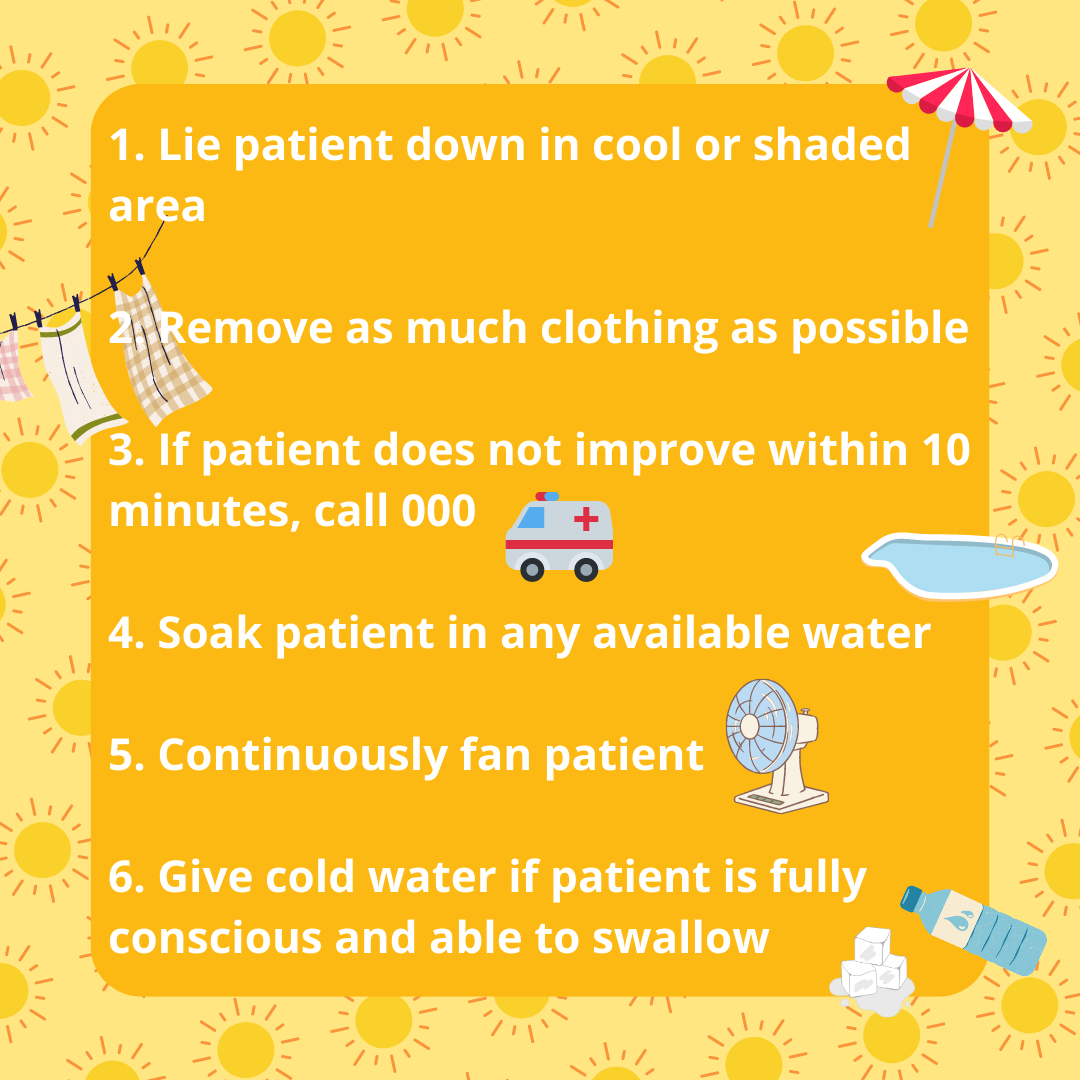
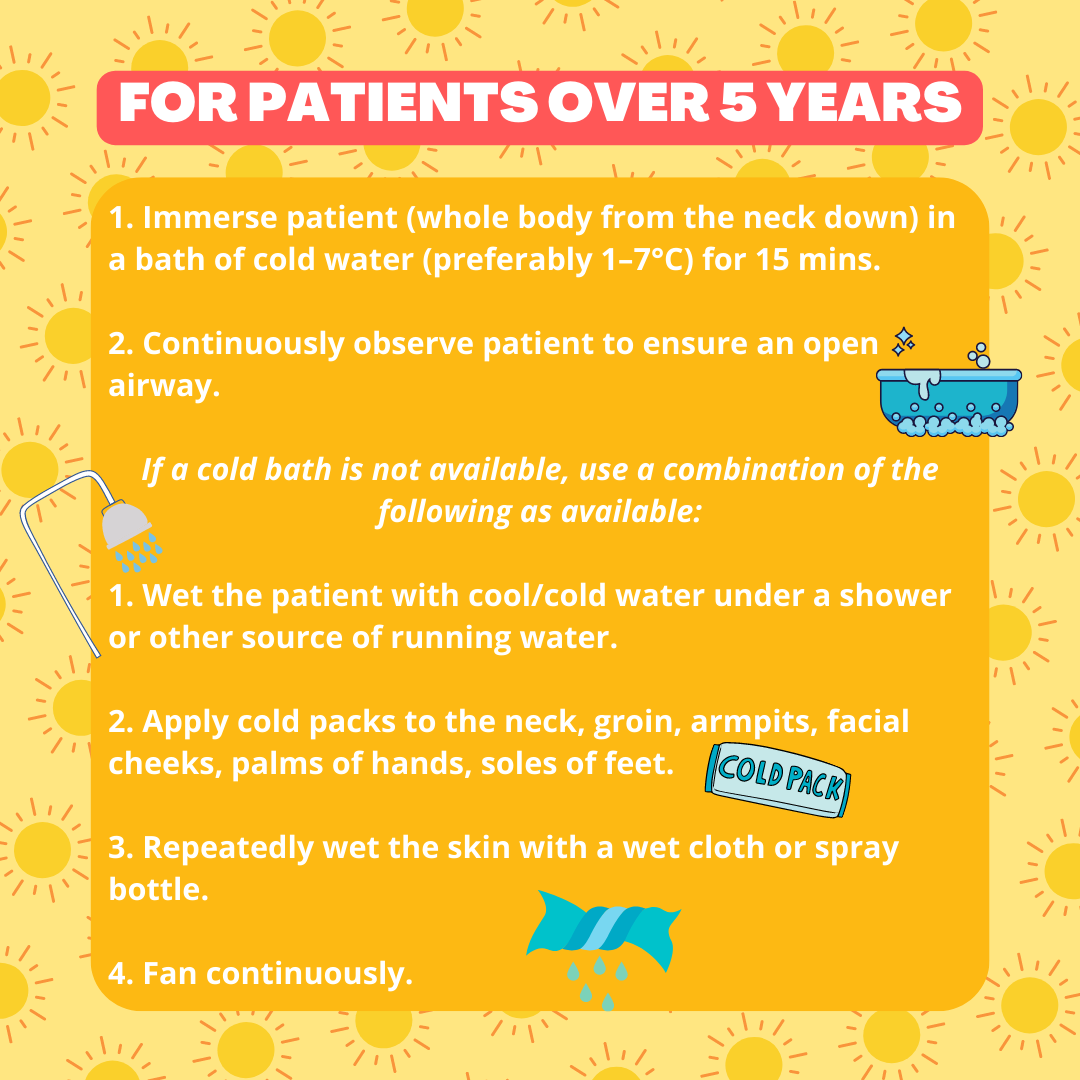
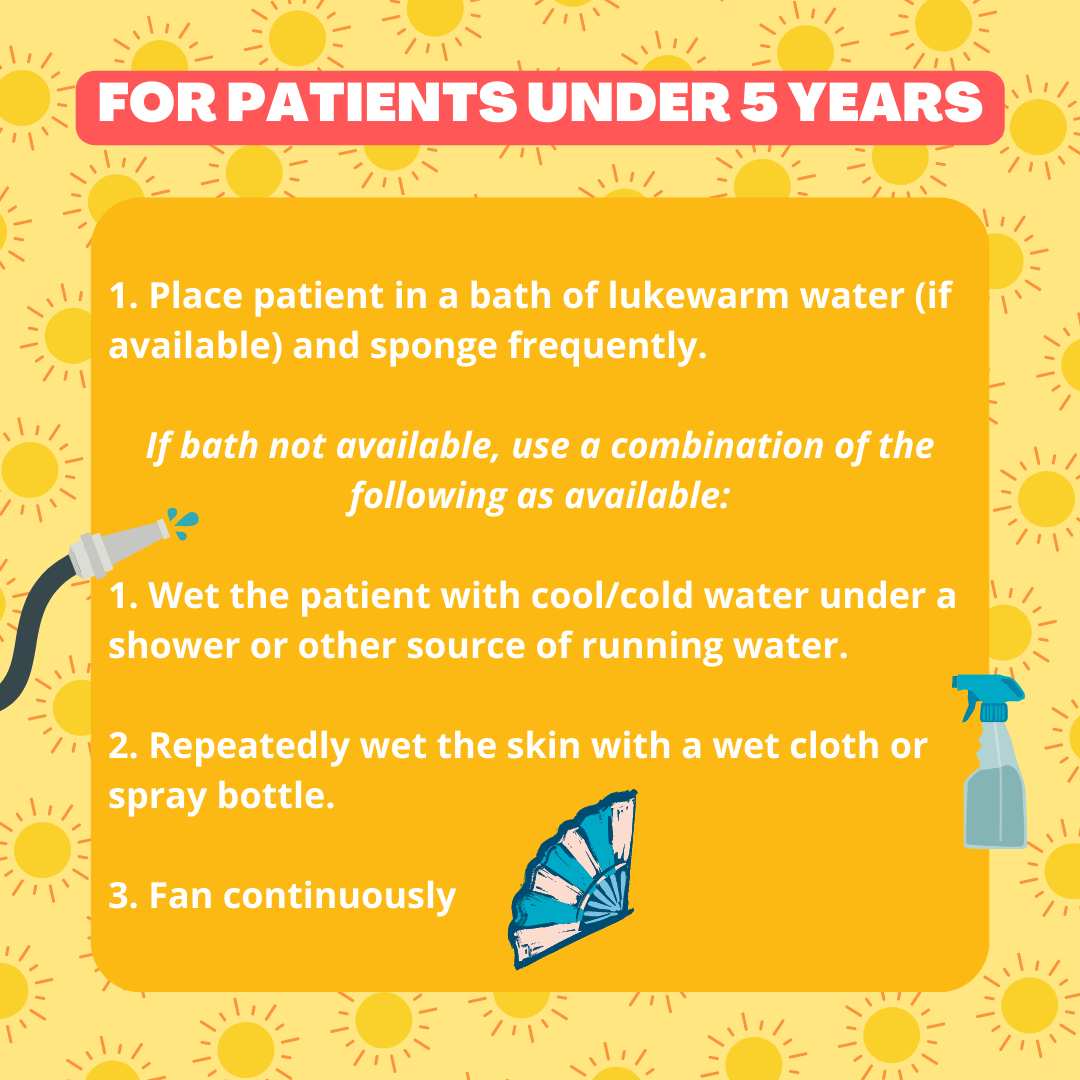
If you’re unprepared in a heatwave the common heat-induced conditions you might experience include swelling, cramping, dehydration, heat exhaustion or heat stroke. These conditions are not to be treated lightly; they can prompt life-threatening health emergencies such as stroke, kidney failure and brain damage if First Aid is not given when symptoms first arise.
Heat-induced conditions are serious, but it’s often possible to prepare for heatwaves and pre-empt any symptoms. If you’re unable to prepare or are more susceptible and suffer from a heat-induced condition, ensure you seek First Aid in the first initial moments to manage the situation and prevent it from developing into a much more serious health emergency.

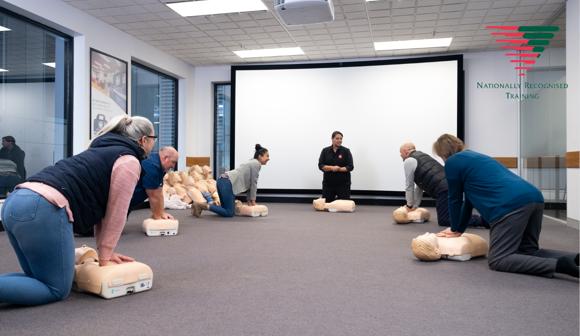
PROVIDE FIRST AID
Learn how to manage a range of common first aid scenarios.
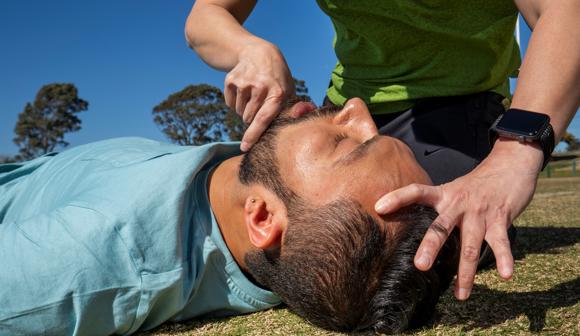
PROVIDE FIRST AID IN REMOTE SITUATIONS
Learn how to provide First Aid in remote areas where access to medical aid is difficult or delayed, including alpine, desert, marine, rural and tropical environments.
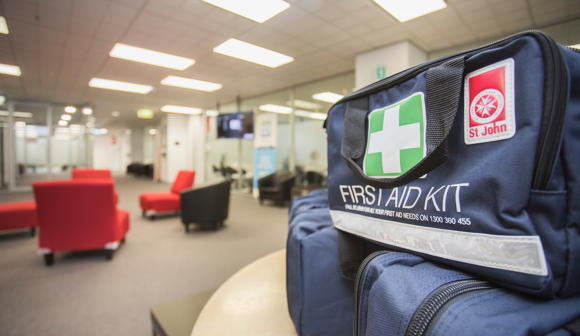
DO YOU HAVE THE RIGHT FIRST AID KIT FOR YOUR HOME, SCHOOL OR WORKPLACE?
St John has a range of First Aid products to suit any situation.
